
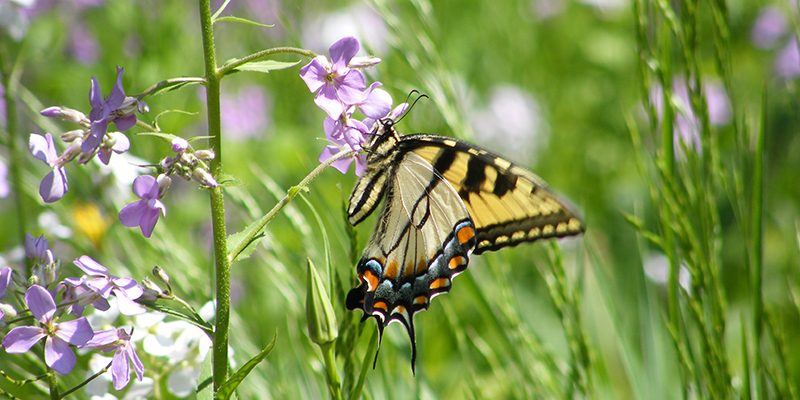
Butterflies
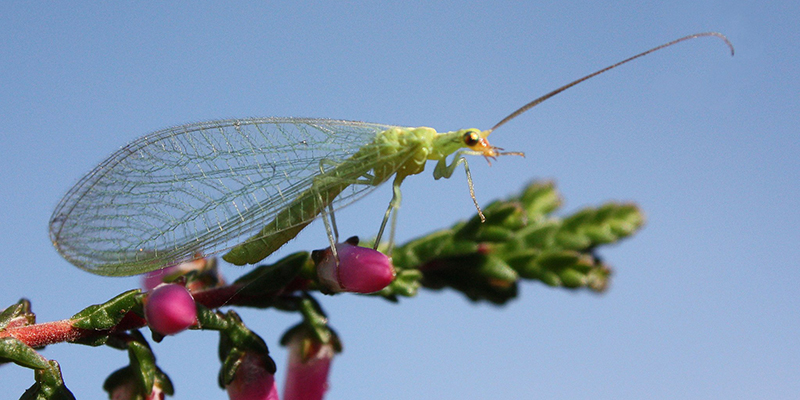
Lacewings
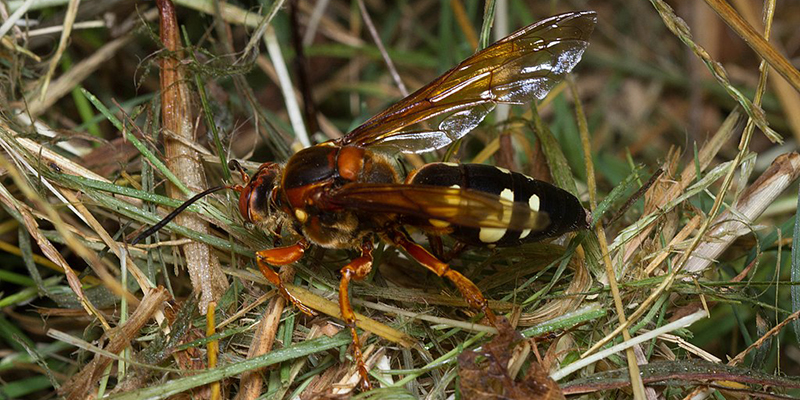
Cicada Hawk Wasps
It can be difficult to see how an insect as universally hated as the wasp could be beneficial, but cicada hawks are perhaps the exception among these summertime stingers. Unlike many wasp species, cicada hawks are solitary, meaning they don’t form nests but rather live alone in burrows underground. Sometimes a handful of wasps will bunk together in one burrow, but they still like to keep to their own solitary cells. These wasps are also not nearly as aggressive as other species in our area, and will only sting if very clearly threatened. And as their name suggests, they feed on cicadas which, in addition to being loud and annoying, can also damage local trees, shrubs, and other plant life. You can recognize cicada hawk wasps by their large, black bodies with slender yellow stripes on the abdomen. They generally skim close to the ground looking for cicadas, other insects, and the occasional flower to grab some nectar. Photo by Alejandro Santillana for Insects Unlocked / CC0.
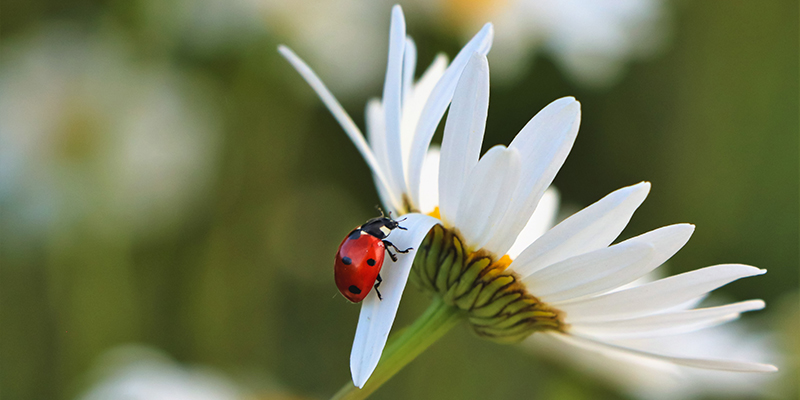
Ladybugs
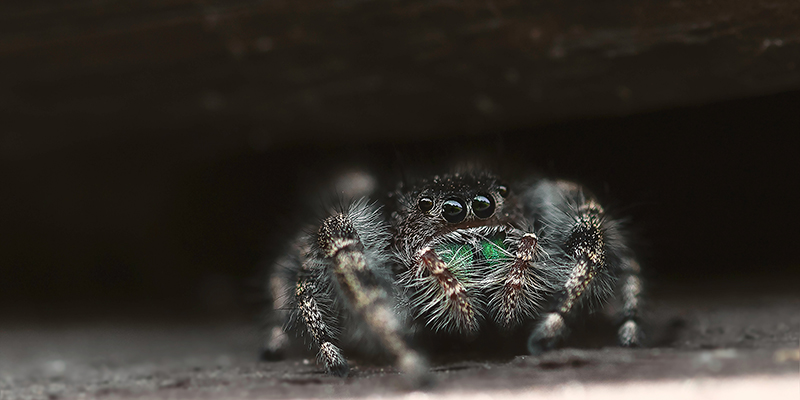
Jumping Spiders
The best way to make pollinators and pest-fighters feel welcome in your garden is to go easy on chemical pest prevention. Don’t preemptively spray for pests, and if you do use chemical pesticides and herbicides, focus only spot-treating problem areas. This will ensure you don’t also eliminate friendly and helpful insects.
Want to learn more about how to keep your lawn and garden healthy all year long? Contact our Showcase team for tips and resources to keep your property pest-free and looking great!